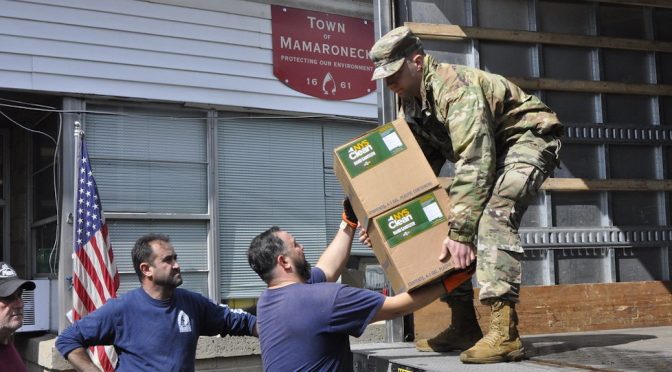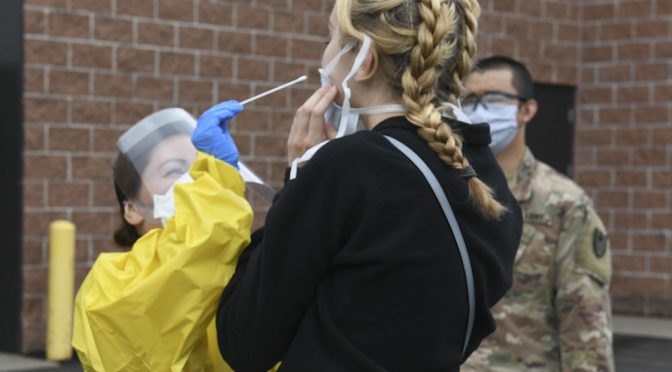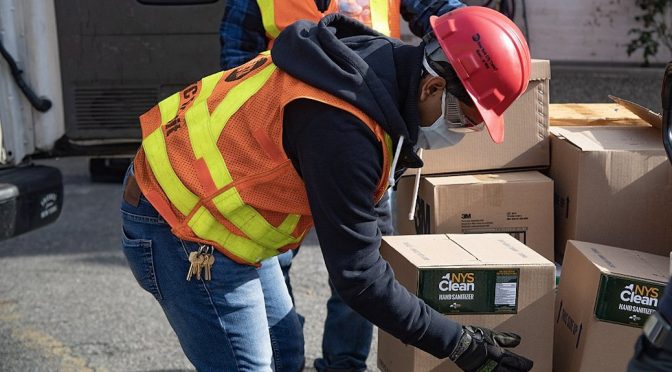While the U.S. military is tasked with homeland defense and security, in this article Mark Nevitt highlights on the military’s role domestically to provide aid and support during the COVID-19 pandemic. The U.S. military is currently engaged in the largest domestic operation in American history. The article evaluates the responses of different branches of the… Continue reading Domestic Military Operations and the Coronavirus Pandemic
Tag: COVID-19
Good Health and Good Privacy Go Hand-in-Hand
Without a vaccine, writes Jennifer Daskal, the United States and other countries are struggling with different tools to stem COVID-19. A critically important one is health surveillance. Previous crises, such as 9/11, also led to restrictions—but often secret—on civil liberties. A pandemic’s surveillance response has a different goal: to educate and inform. Health surveillance provides… Continue reading Good Health and Good Privacy Go Hand-in-Hand
From Shortages to Stockpiles: How the Defense Production Act Can Be Used to Save Lives, Make America the Global Arsenal of Public Health, and Address the Security Challenges Ahead
The Hon. James E. Baker writes that Defense Production Act (DPA) was enacted to provide the federal government with the authority to systematically mobilize the industrial capacity of the nation to address national security emergencies. While it has been primarily used to prioritize DoD contracts and to incentivize the production of goods for which there… Continue reading From Shortages to Stockpiles: How the Defense Production Act Can Be Used to Save Lives, Make America the Global Arsenal of Public Health, and Address the Security Challenges Ahead



